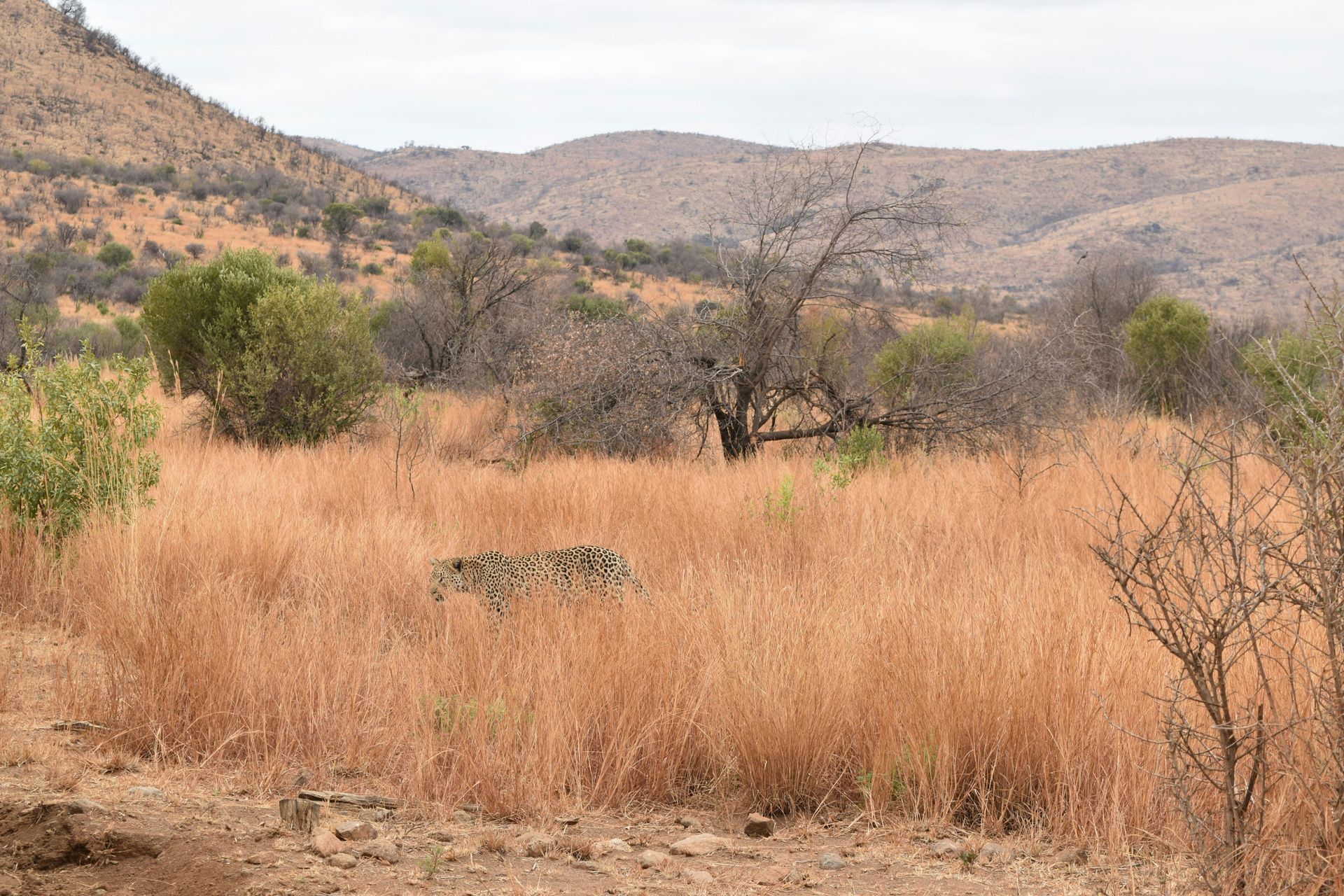Engaging Tech in African Schools Through Citizen Science
The parallels between citizen science initiatives and the educational work we do through Zanza Labs resonate with me, especially when considering how technology could be better integrated into schools across the continent. At Zanza, we're focused on the convergence of conservation and tech—not just for conservation’s sake, but as a tool for broader educational impact.

The challenges we face when attempting to integrate tech into African schools are significant: limited access to electricity, tight funding, security concerns, and the ongoing need for specialized teacher training. Then there are the indirect but pressing environmental issues, which are core to Zanza’s mission: conservation through tech and building tech skills through conservation. It’s a dual-purpose approach where each facet enhances the other. I believe citizen science can play a unique role in this equation, bridging tech and conservation to help shape a new educational pathway.
Key Takeaways
- Citizen Science as a Tool: Integrating citizen science projects like CyberTracker into school curriculums offers a practical way for students to learn both technology and conservation, merging environmental education with digital literacy.
- Tech as a Tool, Not the Goal: Focusing on engaging content, like tracking biodiversity, allows students to learn technology skills as a byproduct of their conservation efforts, fostering a more meaningful and contextual tech experience.
- Challenges in African Schools: Implementing tech-based programs in African schools faces barriers like limited funding, lack of infrastructure, and limited teacher training. These challenges often leave existing computer labs unused or underutilized.
- Practical Solutions for Impact:
Real-world approaches such as afterschool programs, partnerships with
environmental NGOs, and direct visits to tech-equipped schools can make tech integration a reality. These solutions offer pathways for effective, engaging tech education in resource-limited settings.
The Hard Realities of Tech in African Schools
From my experiences, tech integration in African schools is painfully slow. Often, when a school receives a new computer lab, funded by an NGO or government body, it’s kept locked and untouched, perhaps to preserve it from wear or because the teachers themselves lack the confidence to use it effectively. Sometimes, students are engaged with tablets or computers in ways that are hardly beneficial. You’ll see children playing educational games on iPads, which isn’t inherently bad but is often unsupervised and unmanaged. This highlights a critical issue: many teachers don’t have the knowledge or resources to guide students in meaningful tech use.
In this context, “tech” is frequently perceived as an endpoint—something to be learned for its own sake. But tech isn’t the goal; it’s a tool. The real goal should be the content and context it delivers. Tech skills can then become an organic byproduct—a passive skill developed through active learning processes. That’s where programs like citizen science come into play.
Citizen Science: A Dual-Purpose Educational Tool
Citizen science, by design, encourages non-scientists to collect and analyze data to contribute to broader research projects. The approach is not only accessible but also powerful. It allows people, regardless of age or education level, to be active participants in scientific inquiry. For children, citizen science presents an excellent way to engage with technology and conservation simultaneously. Through participation in these projects, students learn to use tech tools, process data, and understand their role in larger ecological systems.
Using citizen science as an educational vehicle allows students to develop a baseline understanding of environmental science and conservation while building tech skills. Rather than isolating tech as an end goal, it becomes the vehicle through which they learn about and interact with the world.
CyberTracker: An Accessible Conservation Tool for Kids
CyberTracker is a prime example of how tech can be both accessible and meaningful. Originally developed for communities with limited formal education, CyberTracker’s simplicity makes it ideal for young learners. It’s a tool designed for fieldwork, tracking wildlife and gathering environmental data, but its adaptable nature allows students to create their own projects and data collection apps with ease. The user-friendly interface removes the complexity barrier, enabling children to learn without realizing they’re engaging with tech.
Imagine a classroom where kids create their own collection projects, recording whatever interests them, from tree types to rainfall to sightings of animals in their area. Here, tech becomes a background component, while conservation, observation, and science are the primary focal points. CyberTracker helps achieve this in a way that’s enjoyable, accessible, and educationally rich.
Tech as a Passive Skill Developed Through Active Learning
In many educational settings, tech or IT courses are positioned as the main subject, with a focus on learning specific software or hardware. But I believe that teaching should aim for immersion, where tech becomes a passive skill, a background tool enabling students to engage with something larger—such as environmental science, conservation, or data collection.
With tools, children would learn tech skills incidentally while actively pursuing projects in conservation or citizen science. This approach is far more impactful than traditional “IT classes,” especially in environments where resources and teacher training may be limited. Through this method, children develop skills in data management, observational science, and problem-solving, all of which are transferable to a variety of future learning paths.
Creating Sustainable Tech Solutions in African Schools
The challenges to implementing this kind of approach in African schools aren’t small. Power access, hardware availability, and ongoing maintenance are real barriers. Yet, if the focus shifts from making “tech” the goal to making it the medium for larger educational engagement, schools and communities can find new pathways to sustainable tech integration.
Incorporating citizen science and conservation tools like CyberTracker into schools not only builds tech-savvy students but also instills a sense of environmental stewardship, responsibility, and pride. By building interest in conservation through tech and using tech as a conduit for conservation, we create a self-reinforcing cycle where each skill informs and enhances the other.
At Zanza, this vision of tech in schools aligns with our goal to make digital literacy and conservation knowledge universally accessible. And while the obstacles are real, I’m optimistic that with adaptable tools and community-centered approaches, we can reshape the role of technology in education across the continent.
***
Reality Check: Making Tech Integration Work in African Schools
While the idea of embedding technology into conservation education is compelling, the reality on the ground is complex. So, how do we make this work? Here are my thoughts;
- One practical approach is through afterschool programs, where tools like CyberTracker can be introduced in a structured yet informal setting—perhaps through initiatives like a Zanza Lab.
- Additionally, partnering with Environmental Education NGOs to incorporate citizen science projects into their existing curricula could bridge the knowledge gap for both students and teachers.
- Lastly, a direct approach can be impactful: actively visiting schools with tech labs and running supervised, hands-on classes.
These strategies can turn the promise of tech-driven conservation education into a tangible learning experience, setting a strong foundation for both environmental and digital literacy.






